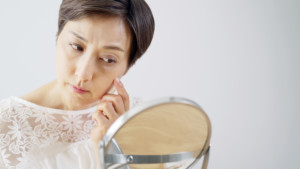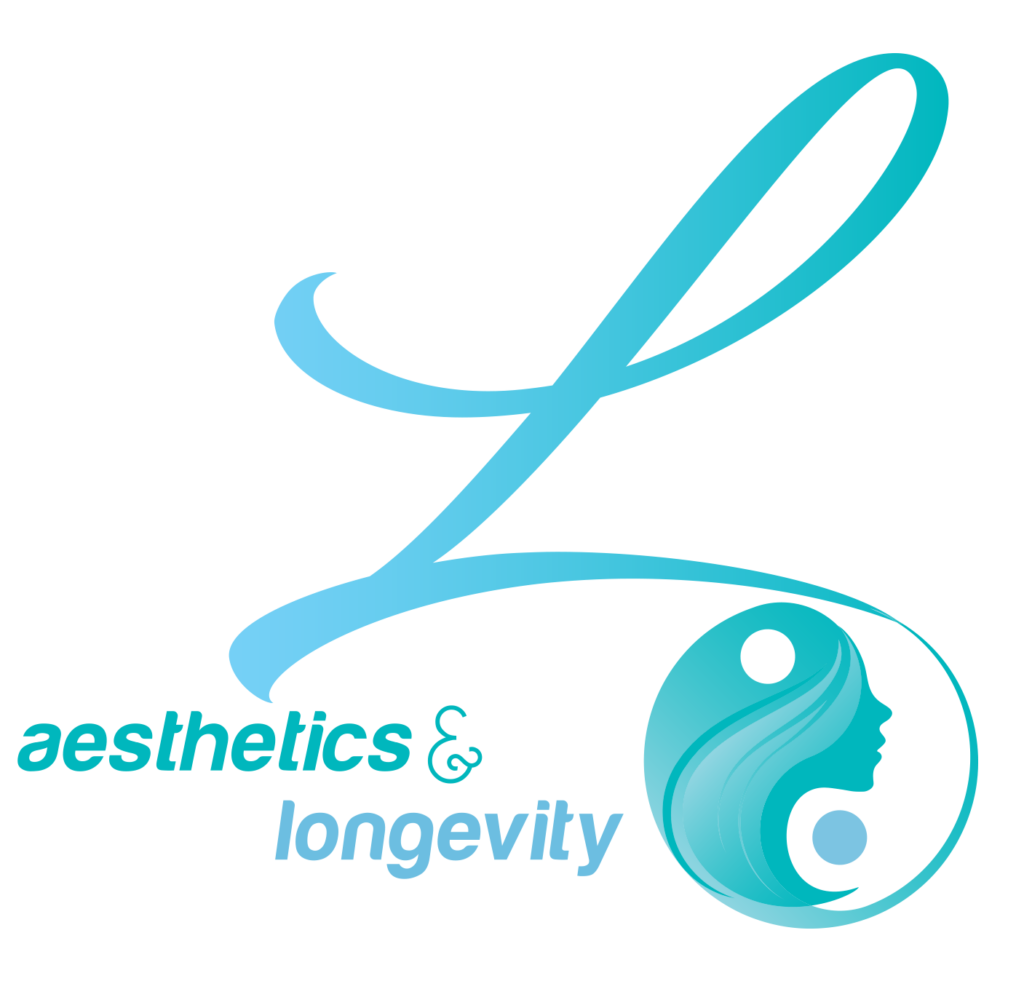By Natalie Ledbetter DAcOM

I don’t know about everyone else but I noticed a big change in my skin when I turned 45 and again when I turned 51 or so. When I turned 45, I had not been taking care of my skin the way I should and it looked very rough, dry, and uneven in tone. By the time I turned 51 I had started doing Botox and using great medical grade skin care products, but I still noticed an increase in lines, wrinkles and sagginess in my skin.
What happend to my skin? Well, to begin with, in my earlier years I used whatever skin care product that happened to be on sale at Macy’s or Dillard’s or maybe even at the drugstore. I didn’t even know what medical grade skin care products were and I didn’t do any procedures to stimulate collagen growth or use Botox to relax the lines or fillers to replace lost volume.
As we get older, we start to lose volume in our face. That volume loss comes from a loss of fat, collagen, and bone. As the volume decreases our skin begins to sag. Picture a curtain rod holding the curtain up nice and straight and it’s not touching the floor. Now bring that curtain rod down and see what the curtain does. The curtains sags because the curtain rod sags. This happens to our skin as the scaffolding that holds it up begins to lose mass.
Once we hit menopause and even perimenopause our hormones began to fluctuate. In menopause our estrogen levels drop. Estrogen is necessary for collagen production so as our estrogen levels fall so does our collagen. Estrogen and testosterone are also necessary for healthy bones so as these hormones decrease, our bone density and bone mass can decrease as well. Moisture content in the skin is also affected by these hormones. As these hormones decrease, the level of oil secreted by our skin and the moisture content falls as water is lost through the skin to the environment. The levels of hyaluronic acid decrease further causing our skin to lose its ability to hold on to water.
What can be done about all of these things that come together to cause less than perfect skin? The first thing I would suggest that is that if you are not using medical grade skin care you switch and start using high quality professional products with high levels of active ingredients. You can visit your local aesthetician, dermatologists’ office, or Med spa for help in investigating all of the excellent products that are on the market in the medical skin care space.
The next thing I suggest is that you make sure to drink plenty of water to keep your skin cells hydrated. I also recommend that all of my clients take vitamin C, vitamin D, a high quality multi vitamin and mineral that includes vitamin E, and a collagen supplement. If you have any problems with hyperpigmentation, sunspots, unwanted freckles, or melasma I suggest taking liposomal glutathione as well.
After you institute these changes, I recommend having your hormone levels checked. If your testosterone, estrogen, and or progesterone levels are low this will mess with your skin. Once you have your level checked, if they are abnormal then you can supplement with bioidentical hormones. This will do wonders for your skin if you are deficient in your own hormone levels.
If you have done all of the above steps and you still find your skin is not where you want it to be then I suggest taking a visit your local Med spa. The practitioners and estheticians can assess your skin and come up with a plan that will help you reach your skin goals.
The providers at L Aesthetics and Longevity are experienced, skilled, and passionate about skin! We would be happy to help you discover how amazing your skin can be.
Interested in more information about hormone replacement? https://lalongevity.com/menopause/
Here is Natalie’s experience with bioidentical hormone replacement: https://drnatalieledbetter.com/f/my-first-foray-into-biohacking-with-bio-identical-hormones
